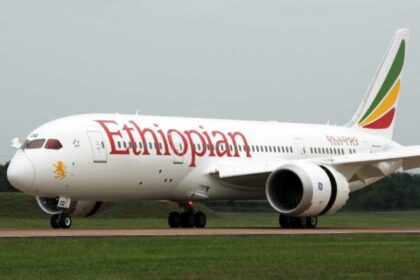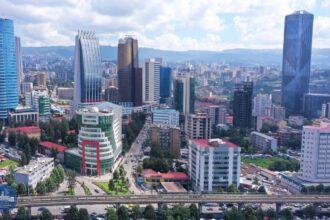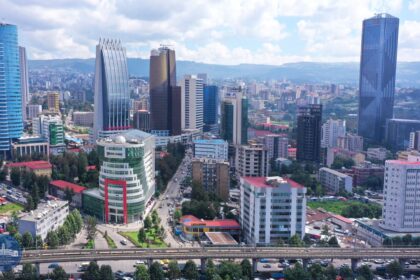At a Glance
- NVIDIA partners with Nokia to develop AI-powered 5G and 6G network systems.
- Collaboration with Palantir enhances enterprise AI using Blackwell chips and CUDA-X software.
- Cassava alliance builds African AI factories, boosting local data and computing access.
NVIDIA, the U.S. chipmaker behind much of today’s AI revolution, is extending its global push in artificial intelligence through new partnerships with Nokia, Palantir Technologies and Africa’s Cassava Technologies, a move that connects telecom, enterprise software and digital infrastructure under one umbrella.
Strategic moves
The California-based chipmaker, which has seen its valuation reach $5 trillion, plans to invest about $1 billion in Nokia to help develop AI-powered radio access networks, the kind of systems that will support next-generation 5G and upcoming 6G connectivity. The goal is to blend NVIDIA’s computing power with Nokia’s experience in network design.
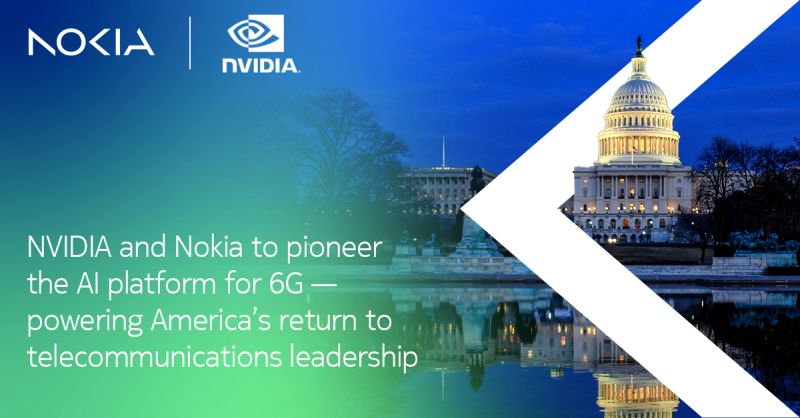
NVIDIA is also deepening its relationship with Palantir Technologies. The two companies will combine NVIDIA’s new Blackwell chips and CUDA-X software with Palantir’s enterprise AI platform, making it easier for businesses to run advanced analytics, simulations and AI agents.
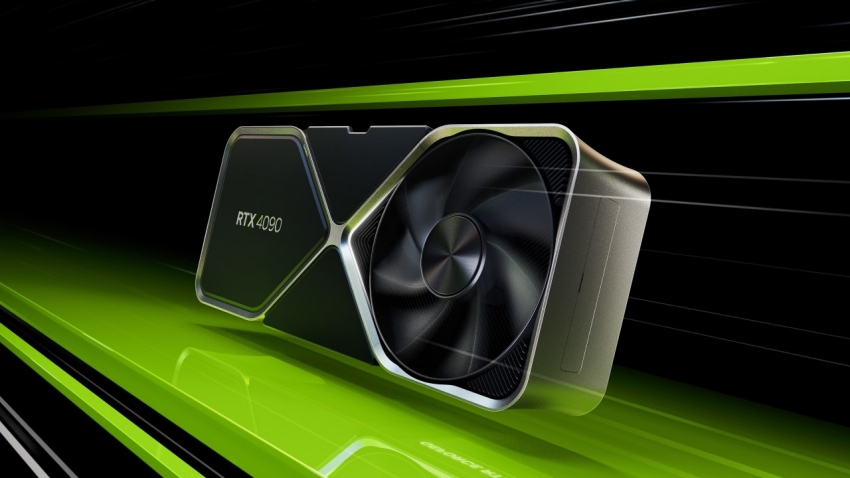
In Africa, the company has teamed up with Cassava Technologies to create what both sides call “AI factories” — large-scale data centers driven by NVIDIA’s high-performance GPUs. The project will start in South Africa and later move into Egypt, Kenya, Nigeria and Morocco. It’s intended to give African developers and companies access to computing tools that were once available only overseas.
Why it matters
NVIDIA’s new push connects three layers of the modern digital economy: telecom hardware with Nokia, enterprise software with Palantir, and core data infrastructure with Cassava. Together, they form a chain that runs from chip design to the applications businesses use every day.
For Africa, the Cassava deal could prove significant. Much of the continent’s data processing currently takes place abroad. Local data centers would help keep information within borders, improve speed and privacy, and strengthen local innovation. At present, only a small fraction of African AI professionals have access to advanced computing tools. This initiative could begin to close that gap.
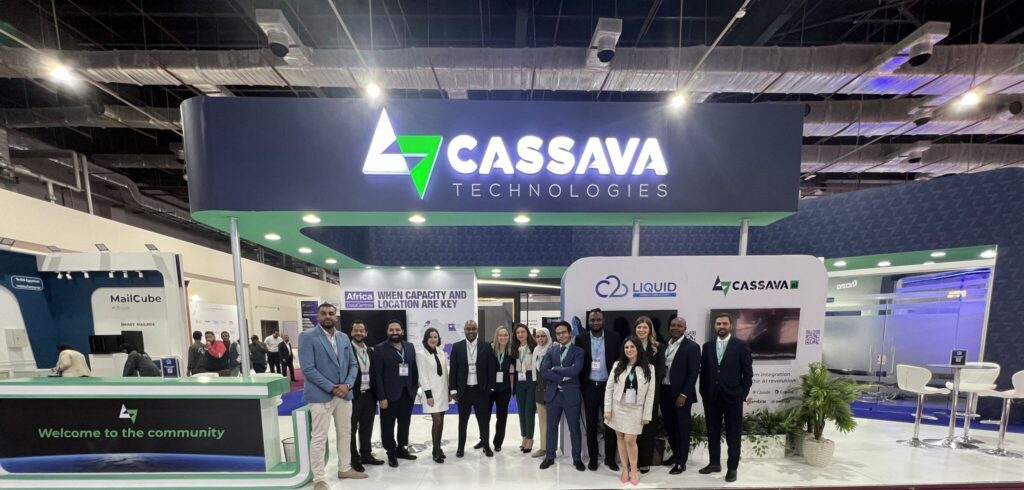
Nokia’s role could also be pivotal. Embedding AI directly into telecom systems could make networks faster, more energy-efficient and able to handle emerging technologies such as autonomous drones or immersive virtual services.
The obstacles ahead
The plan faces familiar hurdles. Electricity shortages, uneven broadband coverage and limited technical expertise still hold back many African markets. Governments will also need clear policies on data protection and cross-border computing. How GPUs are allocated and priced among startups, corporates, and public institutions will shape how inclusive the system becomes.
Beyond the headlines
These partnerships may sound impressive, but their real worth will depend on results, whether they create skilled jobs, make AI tools affordable and help local startups grow. Without that, Africa could end up with expensive infrastructure and little domestic benefit.
NVIDIA’s collaborations with Nokia, Palantir and Cassava highlight its ambition to anchor the next stage of the AI economy, one that ties together chips, software and connectivity.
For Africa, it’s a chance to build genuine AI capacity at home. The success of the effort, however, will rest not on the power of machines but on execution, cost, and the people trained to use them.

